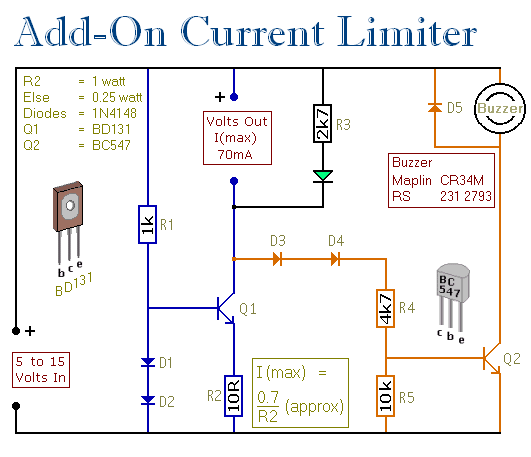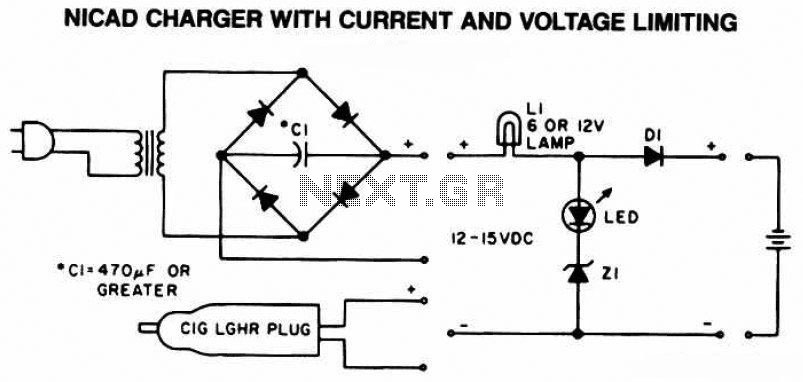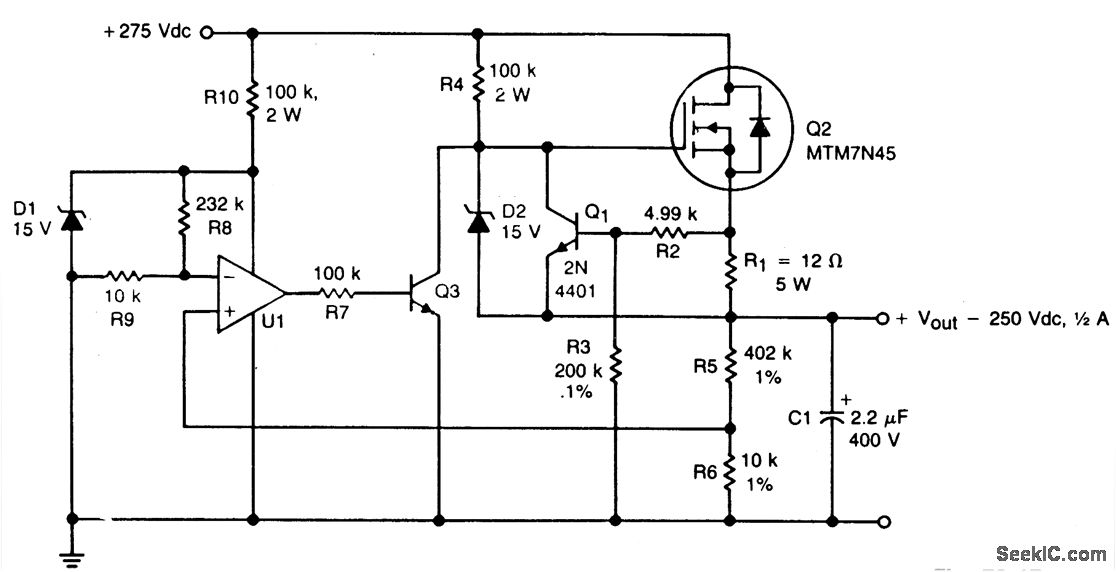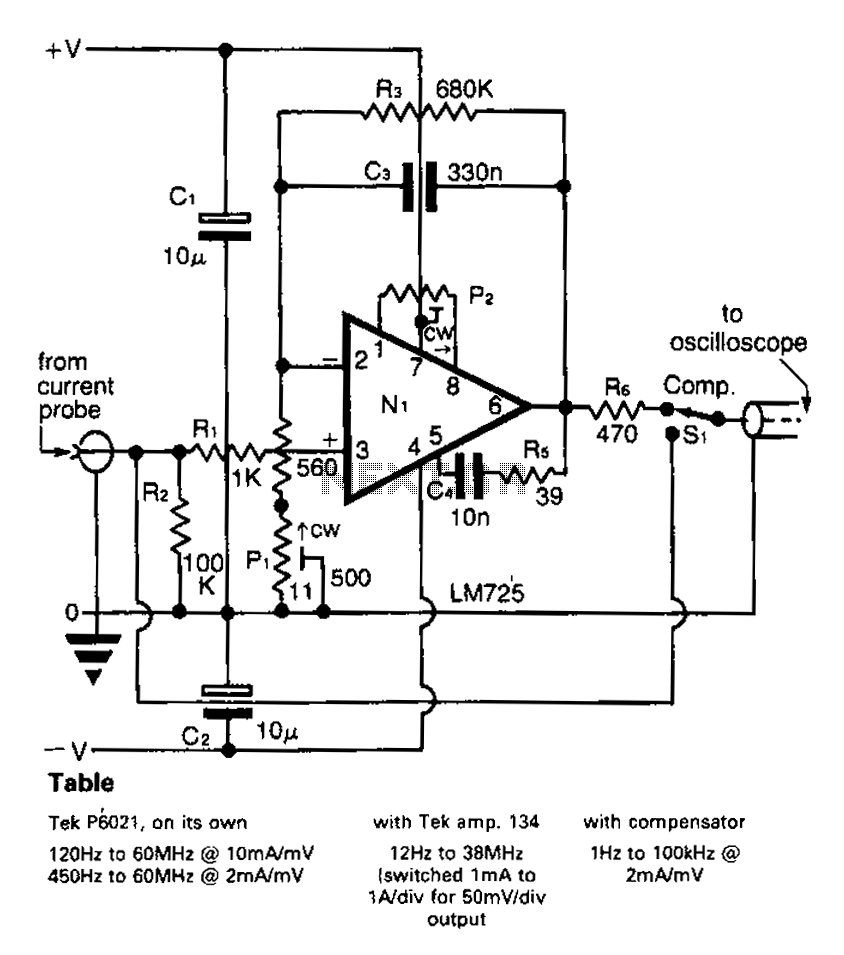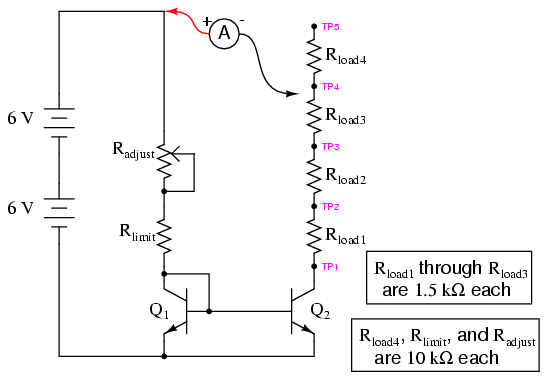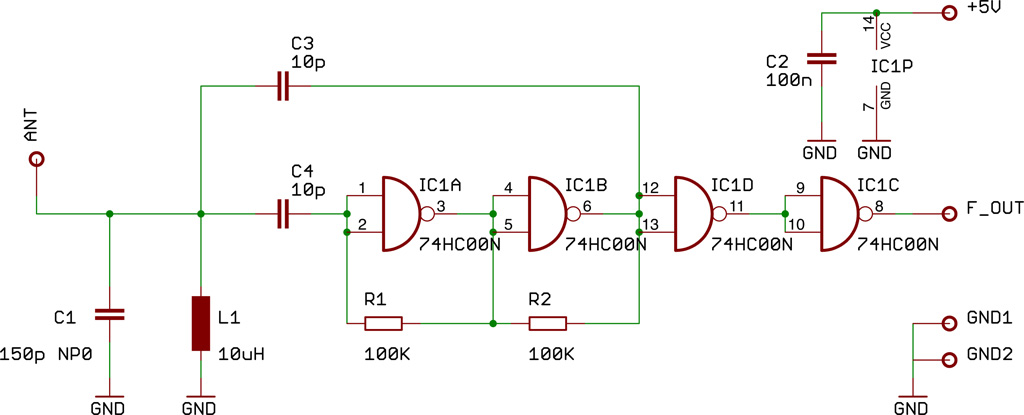
Self Powered Current Sensing
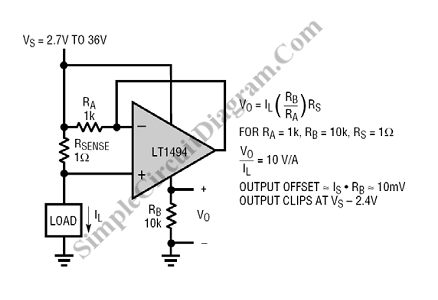
This is a current sensing circuit that measures the current on the high side, positioned between the load and the positive supply. This circuit takes advantage of...
A current sensing circuit serves a crucial role in monitoring the flow of electric current in various applications, particularly in high-side configurations. Such configurations are advantageous because they allow for the measurement of current without interrupting the circuit, thus maintaining the integrity of the load and ensuring accurate readings.
The high-side current sensing circuit typically consists of a shunt resistor placed between the load and the positive supply voltage. The voltage drop across this shunt resistor is proportional to the current flowing through it, following Ohm's Law (V = I * R). To accurately measure this voltage drop, an operational amplifier (op-amp) is often employed to amplify the small signal generated across the shunt resistor.
In a typical design, the op-amp is configured in a differential mode to reject common-mode voltage variations, which is essential in high-side applications where the supply voltage can be significantly higher than the ground reference. The output of the op-amp can then be fed into an analog-to-digital converter (ADC) for digital processing or directly utilized in a feedback loop for control applications.
To enhance the performance of the current sensing circuit, additional components such as filters may be included to minimize noise and improve stability. Moreover, proper selection of the shunt resistor value is critical; it must be low enough to minimize power loss while still providing a measurable voltage drop for accurate sensing.
In summary, the high-side current sensing circuit is an essential component in various electronic systems, providing reliable current measurements that are crucial for system monitoring, control, and protection.This is a current sensing circuit that senses the current at the high side (between load and positive supply). This circuit take advantage from.. 🔗 External reference
A current sensing circuit serves a crucial role in monitoring the flow of electric current in various applications, particularly in high-side configurations. Such configurations are advantageous because they allow for the measurement of current without interrupting the circuit, thus maintaining the integrity of the load and ensuring accurate readings.
The high-side current sensing circuit typically consists of a shunt resistor placed between the load and the positive supply voltage. The voltage drop across this shunt resistor is proportional to the current flowing through it, following Ohm's Law (V = I * R). To accurately measure this voltage drop, an operational amplifier (op-amp) is often employed to amplify the small signal generated across the shunt resistor.
In a typical design, the op-amp is configured in a differential mode to reject common-mode voltage variations, which is essential in high-side applications where the supply voltage can be significantly higher than the ground reference. The output of the op-amp can then be fed into an analog-to-digital converter (ADC) for digital processing or directly utilized in a feedback loop for control applications.
To enhance the performance of the current sensing circuit, additional components such as filters may be included to minimize noise and improve stability. Moreover, proper selection of the shunt resistor value is critical; it must be low enough to minimize power loss while still providing a measurable voltage drop for accurate sensing.
In summary, the high-side current sensing circuit is an essential component in various electronic systems, providing reliable current measurements that are crucial for system monitoring, control, and protection.This is a current sensing circuit that senses the current at the high side (between load and positive supply). This circuit take advantage from.. 🔗 External reference
